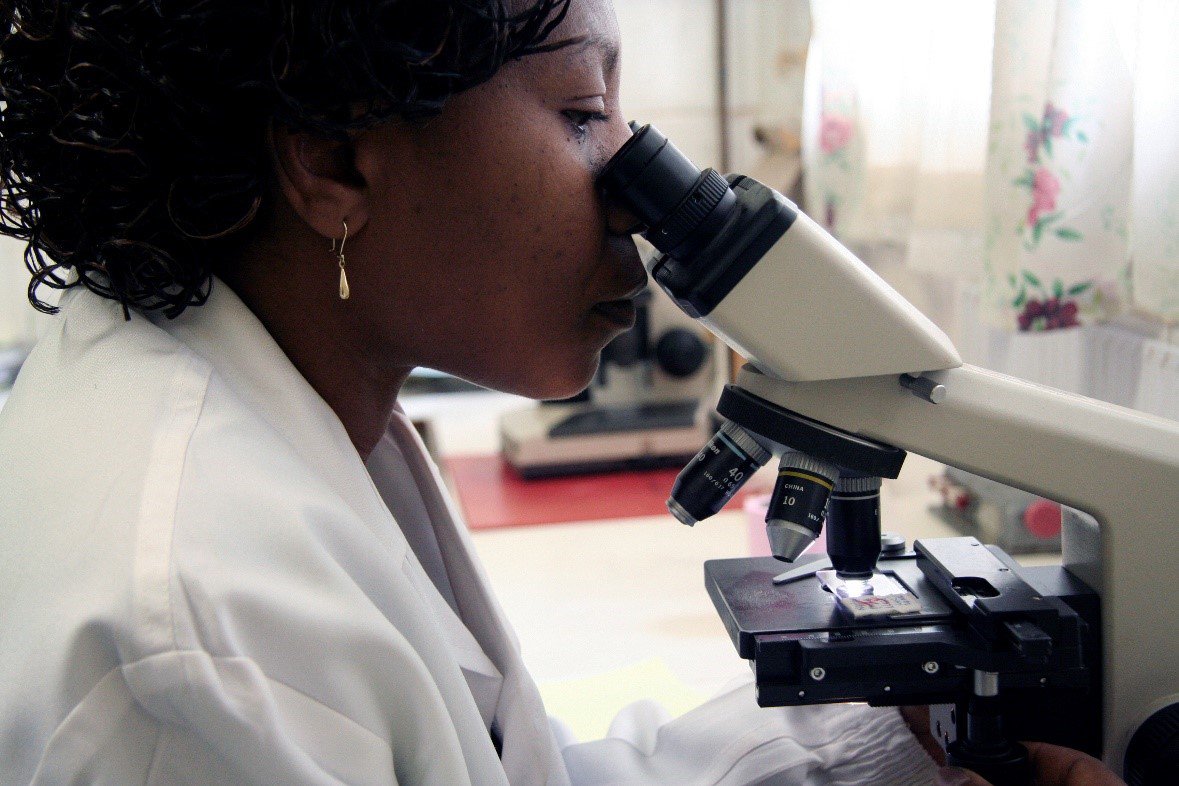They say that the devil is in the details. And for some vaccines, that devil is a real hell-raiser for the disease being attacked.
Vaccines work by stimulating your body’s immune system to produce antibodies designed to fight the invading pathogen (a disease-causing agent like a bacteria or virus) that makes you sick. Many vaccines contain a weakened or inactivated version of the pathogen that’s designed to trigger a protective immune response in our bodies, but some focus just on the details, containing only tiny segments of the pathogen. “Subunit vaccines” are one of these detail-oriented approaches, and they hold a ton of promise for new vaccine candidates against enterotoxigenic Escherichia coli (ETEC) and Shigella—two leading causes of diarrhea for which no vaccines exist (yet).
Subunit vaccines aren’t new—some vaccines against hepatitis, meningitis, and pneumonia are made this way and have been successfully fighting disease and saving lives for years. Researchers think this approach could work well for ETEC and Shigella vaccines, so PATH has been working with partners to test the most promising candidates both in the lab and in clinical trials.
We need more vaccines against diarrhea
Diarrhea continues to be a deadly disease for many children in the world. Poor sanitation, insufficient water treatment systems, and lack of access to appropriate medical care translates into about half a million deaths every year among children younger than five years, with millions more hospitalized from severe, dehydrating diarrhea.
Vaccines to prevent diarrheal diseases are an essential and lifesaving part of control strategies. Vaccines against rotavirus (the leading cause of severe diarrheal disease in children worldwide) have been saving lives for more than a decade, and numerous studies show that they’re making a major public health impact. If we had vaccines against two more top causes of diarrheal deaths—ETEC and Shigella —we could save thousands more lives each year. These vaccines also have the potential to reduce malnutrition and developmental delays associated with episodes of severe diarrhea in children.
To accelerate the development of safe, effective, and affordable vaccines against ETEC and Shigella for children in low-resource settings, we’re working with private- and public-sector partners to pursue a number of promising vaccine approaches and related research. Our latest focus is on subunit vaccines, since we know that smaller, more targeted vaccines might be better.
“If we had vaccines against two more top causes of diarrheal deaths—ETEC and Shigella—we could save thousands more lives each year.”

A laboratory worker in Zambia examines a slide under a microscope. Photo: David Jacobs
Subunits on the horizon
Subunit vaccines are extremely safe because they don’t contain any live components, and they have the potential for much broader coverage than other types of vaccines. This means not having to worry about protecting against all of the specific strains (genetic variants) of a pathogen within a single vaccine. By targeting one tiny piece of the pathogen that’s common to all the strains, the vaccine can potentially knock out the disease more effectively across the board.
For ETEC, we worked in collaboration with the US Naval Medical Research Center (NMRC), Sanofi Pasteur, and the Infectious Disease Research Institute to develop a subunit vaccine candidate that targets the conserved fimbrial tip adhesin (FTA) proteins of ETEC. PATH funded a recent Phase 1 trial that we conducted in partnership with NMRC and the Walter Reed Army Institute of Research (WRAIR) in Maryland to assess a component of the FTA administered intramuscularly to adults. Results from this study demonstrated the vaccine component was safe and produced robust antibody responses in the participating adults. These positive results are paving the way for developing the final vaccine candidate for use among infants and young children in low-resource settings, who are most at-risk of severe illness from ETEC.
On the Shigella front, we’re also working with NMRC and WRAIR on a promising approach called Invaplex, which targets subunits called “invasion plasmid antigens” found in Shigella. We recently completed a Phase 1 trial and additional exploratory immunology analyses that aim demonstrate the safety and immunogenicity of Invaplex when given intramuscularly to adults, which is the first step for testing this promising new Shigella vaccine candidate in humans. The results are currently under final analysis and are being prepared for submission to a peer-reviewed journal.
“Subunit vaccines are extremely safe because they don’t contain any live components, and they have the potential for much broader coverage than other types of vaccines.”
Taking it to the next level
We’re always thinking a few steps ahead, so while we continue to push forward on early clinical research with these subunit vaccine candidates, we’re also thinking about the intricacies involved in their future use. For instance, we conduct an array of supporting research to inform and enhance our vaccine development efforts, such as studying innovative formulation and delivery options to make these vaccines more practical for use among children in low-resource settings.
To ensure that all of our science work informs policy, we also conduct advocacy to prioritize diarrheal disease within the broader public health arena. Since 2009, our Defeat Diarrheal Disease (DefeatDD) Initiative has been pushing for more attention to diarrheal disease on the global health agenda. DefeatDD also specifically builds awareness about ETEC and Shigella as important diarrhea pathogens, framing our work on new vaccines within the broader diarrheal disease agenda and promoting an integrated approach that highlights a package of proven interventions to fighting diarrhea, including vaccines.



